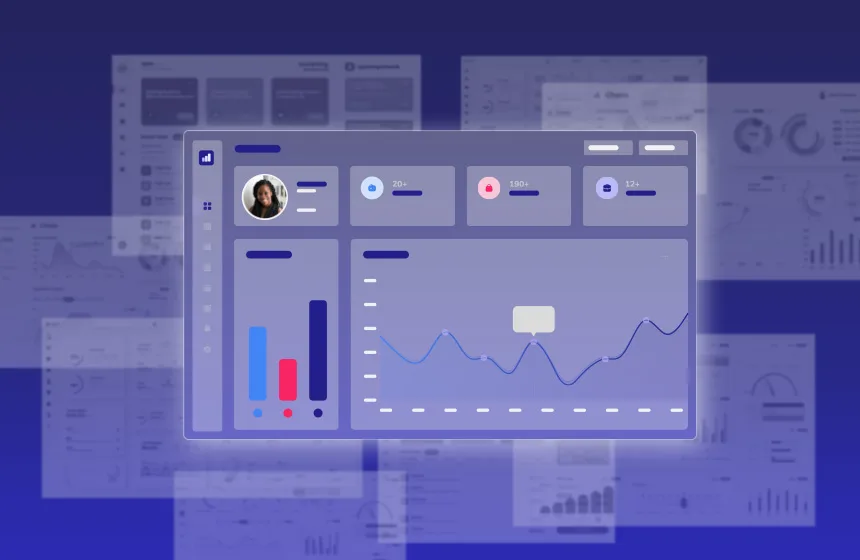Why product demos are essential for product marketing success

May 22, 2025
Table of Contents
For many companies, demos live only in the realm of the presales team. Sure, perhaps your sales team set up the demo calls, or marketing made a single website demo—but in general, your SEs are your demo gurus.
If that’s how your company works right now, you’re missing out on the contributions your product marketing team can make to your demos.
Here’s what you need to know about the role of product marketing in demos, and how you can enable your product marketing team to take a more active role in creating better demos.
Product marketers are story builders
While SEs understand the technical details of your product and are highly skilled at translating them into business terms for your qualified prospects, product marketers also have strong skills you need to make your demos more effective.
Product marketers are storytellers at heart. They have a deep knowledge of the people and the personas your company needs to attract and sell to. They understand how to be a translator between your product and those prospects. And they know the stories you need to tell to turn those prospects into customers.
Enabling your product marketing team to have a voice and a key role in the demo creation process lets them share this knowledge.
PLG changed the product marketing game
Some hesitation about including product marketing in demo creation lies in what we think of as a demo.
If you’re showing a product, whether it’s a demo video, a tour on your website, or a salesperson walking a prospect through your demo environment, it’s a demo—which is selling your product with your product. And that’s what product-led growth is.
It also happens to be what product marketers have been doing for decades, just with a new name and a growing interest from executives, investors, and VCs.
But the way product marketing works has also shifted with the rise of PLG. Instead of helping the sales team sell the product, now you’re trying to sell the product directly on your website, with little or no sales assist. That change can be a little scary at first and can require a mindset shift.
The basic definition of demo is a demonstration of a product or technique, like an ad in the B2C world that shows you how a luxury car drives or how many shows you can watch on a new streaming service.
“These aren’t great examples—they’re so basic to use that it’s not a demo,” you might think. But not every demo needs to walk you through a super technical tour of the entire product and every feature. They can be teasers, glimpses, or a quick way for prospects to get a feel for your product experience value at the beginning of their buying journey.
How to use demos in your product marketing
Exactly how to use guided product demos in your product marketing strategy will change according to the marketing stage (and, of course, according to your specific go-to-market motion too).
But here are some examples of using your product in the buyer journey:
- Add a product screenshot in a thought leadership blog or social post
- Let your visitors click around on a few screens to see the value
- Offer a sign up option for a free version or trial
- Add a CTA to get a live sales demo from a human (and actually show your product in the first call please)
- Send your prospects a clickable self-guided demo to share with their internal stakeholders
- Add up-sell/cross-sell messages inside the product
Don’t worry, we’re going deep on all of these options in a blog post coming soon! They can provide plenty of inspiration, just like the Reprise demo library.
How to create better product marketing demos
The most common use case for demos in the product marketing world is on your website’s product pages. To make them more effective, you need to consider who’s viewing them so you know what to prioritize and what the demo scope should be.
First, don’t just have a complete demo of your product on your website—people will get lost and drop off. You need to target each guided demo. If the persona viewing it is a user, then figure out what those “aha” moments are for them and include them. This could mean a certain feature you know they’ll love, or an outcome they need and struggle to find.
If the persona is a buyer, on the other hand, you want to focus on storytelling. What’s the best pain point to solve? What are the five screens that will make them say, “Oh wow, you solved this problem”?
And website demos can also be an onboarding tool for your free trial or freemium signups too. This is especially critical if you have a really complex product—don’t just drop your new users into the product and hope they find their way. Creating a quick clickable overview demo can help smooth their transition and ensure they actually use and see value from your product right away, leading to higher conversion rates.
Either way, keep it short and sweet. Guided product demos on your website are typically an intro to your prospect to get their attention and begin their buyer journey, so don’t overwhelm them with features and details, and information they just don’t need right now.
If you’re struggling to find the most important points to include in your website product tours, ask yourself these two questions:
- What are the three things you want people to know on your website after taking these tours?
- And how do I tell this with three screens in my self-guided tour?
How a demo creation platform can help
It’s clear that product marketing has a critical role to play in creating and using demos across the entire buyer experience. But the lack of demo creation capability can be a big block for product marketers—you just don’t always have the SE or engineering resources to create your demos for you. You need a more efficient and compelling way to build product stories so prospects can discover, adopt, and experience the value of your product sooner.
Using an enterprise-class demo creation platform like Reprise is the answer. You can expertly showcase your product to users at every stage of the buyer’s journey with interactive product tours and live demos that deliver accelerated value and drive action.





